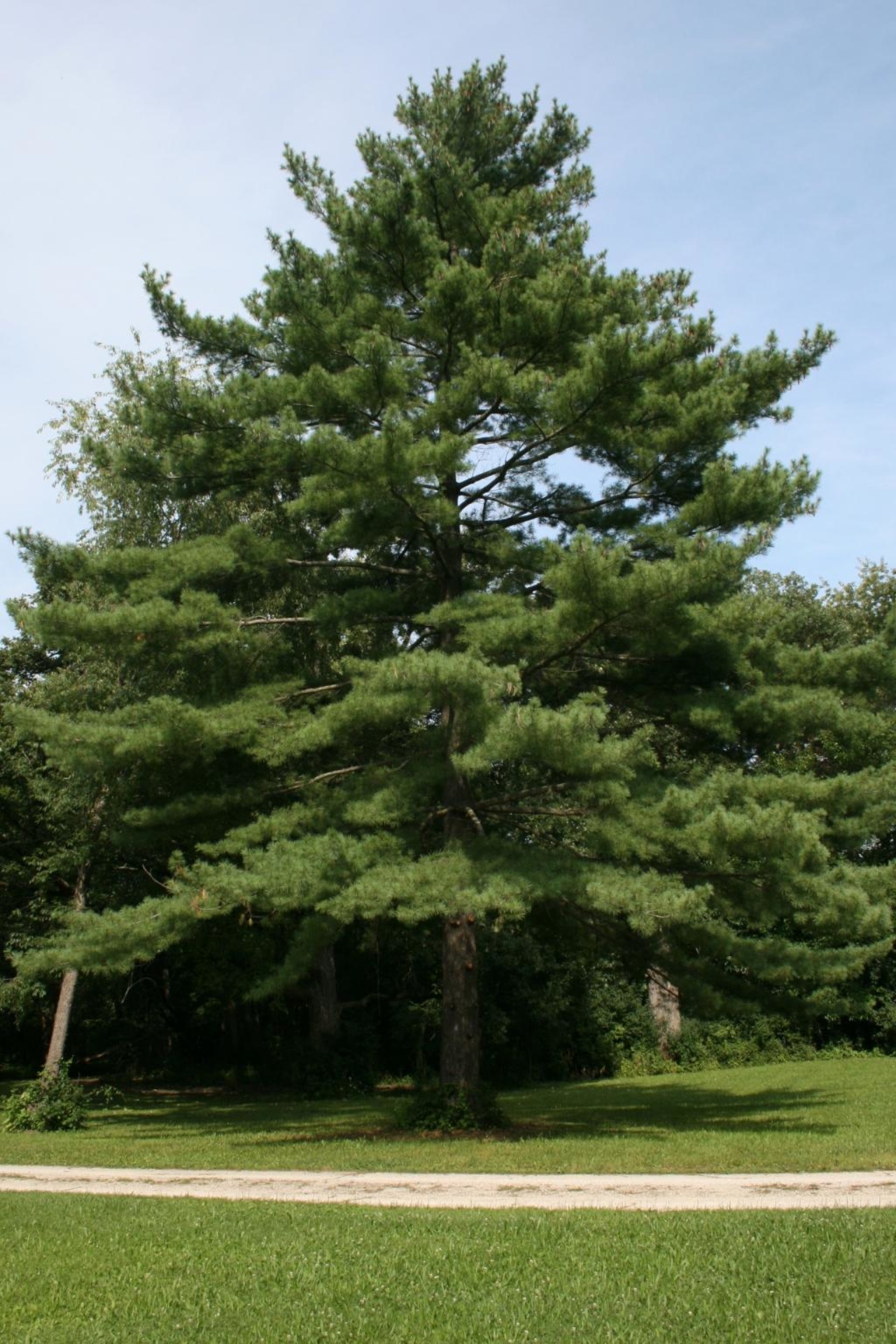
This is a new shoot and at this stage it is extremely brittle. Spring growth begins when the terminal bud becomes what is called a "candle". Trees are damaged by the white pine weevil, the pine cone beetle and by white pine blister rust whose alternate plant host is the Ribes genus (see notes below). It is long-lived and can be the dominant tree in certain areas.
EASTERN WHITE PINE FULL
It will grow in a variety of soils but prefers loamy well drained soils in full sun and will do best if not too dry. Habitat: White pine has a shallow spreading root system, without a taproot. Trees begin to produce cones when 5 and 10 years of age. Cones usually drop after seed dispersion. Each cone matures in its second growing season, taking 13 months for fertilization, and seeds disperse by wind. Each scale can have two reddish-brown winged seeds. Seed: The cones are cylindrical, 4 to 6 inches long on average (and some may be much longer), one inch thick, on stalks up to one inch long, with thin and very gummy scales that lack prickles. The female flowers are located in a similar position but are light green, tinged with red and in smaller size clusters in the top part of the tree. Male flowers are yellow in cylindrical clusters, up to 2 inches long, near the ends of branches behind the new growth.

Needles last for only 2 years before turning brown and falling off, usually in late Autumn.įlowers: The tree is monoecious, that is, male and female flowers are separate. New growth needles may be much shorter and appressed to the twig. They are pointed, soft and very flexible, as are the younger branches. Leaves: The needles are 3 to 5 inches long, bluish green on top and whitish under and are unique for Minnesota conifers in that they grow in bundles (fascicles) of 5. Twigs are gray-green to orange-brown in color with long reddish brown slightly resinous buds. The national champion is in Waldo ME, measuring 245 inches in circumference, 125 feet high, 78 foot crown spread and scoring 390 points.īark: The bark is thin, smooth and greenish-gray on young trees becoming grayish-brown and deeply furrowed on old trees. Branches grow in whorls, a new set each year from the leader.Ĭurrently (2019) the largest known White Pine in Minnesota is in Filmore County, measuring 214 inches in circumference, 103 feet high, 84 foot crown spread and scoring 338 points. Most modern forest trees top out around 100 feet. Maximum height was around 225 feet with a 10 foot diameter in the old growth. The old growth pines still found in Itasca State Park are upwards of 130 feet high and over 45 inches in diameter and in the park was found the Minnesota record white pine which was considerably larger. It is the largest conifer of the northern forests. Eastern White Pine provides a straight trunk, clear of branches for many feet up when growing in a forest environment.


 0 kommentar(er)
0 kommentar(er)
